Picture yourself in bed, about to drift off to sleep. What position are you in? What about your partner? Are you cuddling? On opposite sides of the mattress? So entangled that it’s hard to breathe?
Like almost everything else in life, the way you share the bed with your significant other can say a lot about what kind of relationship you have and also how you reallyfeel about each other. Your subconscious controls the way you sleep, so zzz’s-fueled body language can serve as an incredible insight as to what’s going on, even if you’re not aware of certain things while the sun is up.
Here, we’ve culled information from scientists, psychologists, therapists and relationship counselors to interpret what 12 different partner sleep positions mean. What looks closest to the way you cuddle up — or don’t cuddle up — at night?
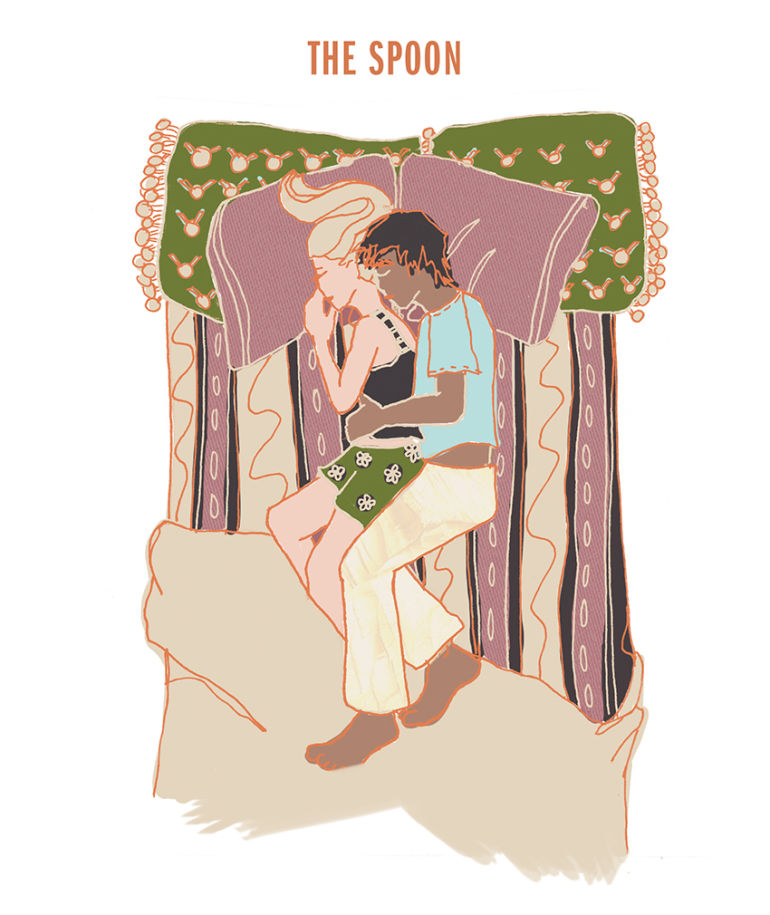
The most well-known of couple sleep positions, spooning is actually only preferred by about 18% of couples. Relationship psychologist Corrine Sweet says it’s a “traditional position” that indicates protectiveness and comfort in the relationship.
In addition to the “I trust you” vibe — one partner literally has the other’s back — it’s also a fairly sexual position, favored by couples who are comfortable with intimacy.

A variation on the traditional Spoon, the Loose Spoon just means there’s a bit of space between the couple. Don’t mistake those few inches for lack of intimacy, though. On the contrary, it usually means you’ve been together long enough to trust one another and don’t feel the need to constantly be touching.
is the natural evolution of a couple who started their relationship in a tight Spoon, but now recognizes quality sleep (and some space) is important.

Though this one may look like a standard Spoon, the Chasing Spoon is usually a little lopsided: one person has moved away from the center of the bed, and the other “chases” to physically reconnect.
According to , the Chasing Spoon could simply mean that one partner wants more space in the bed. The other less literal interpretation is that the partner doing the drifting wants to be pursued.
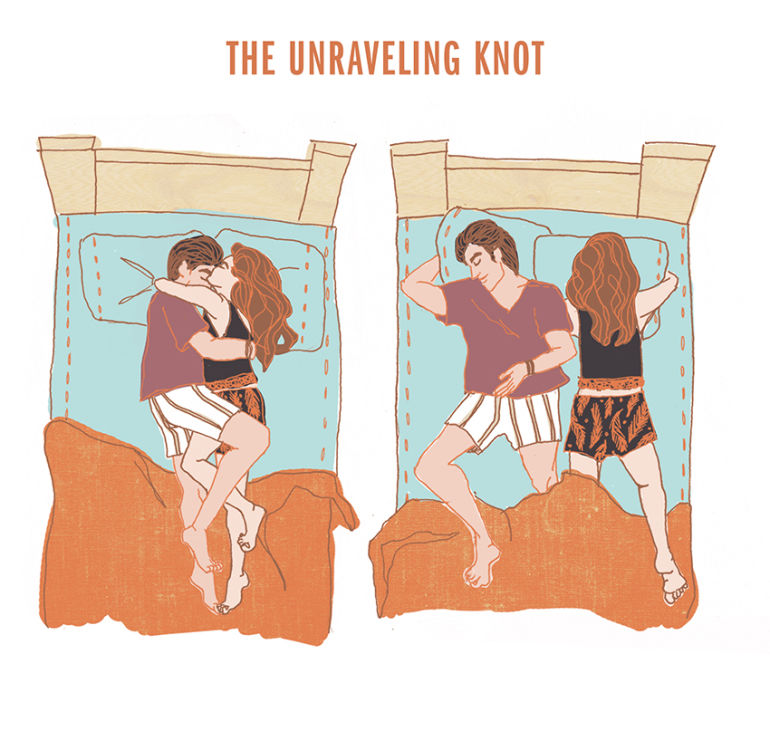
Like the Loose Spoon, this position is typical of couples who’ve been together for some time. Though they start out touching (the Knot), they eventually “unravel” into independence.
Dr. Sweet says it’s a “compromise between intimacy and independence, allowing for the best of both worlds,” though only about 8% of couples favor this position.
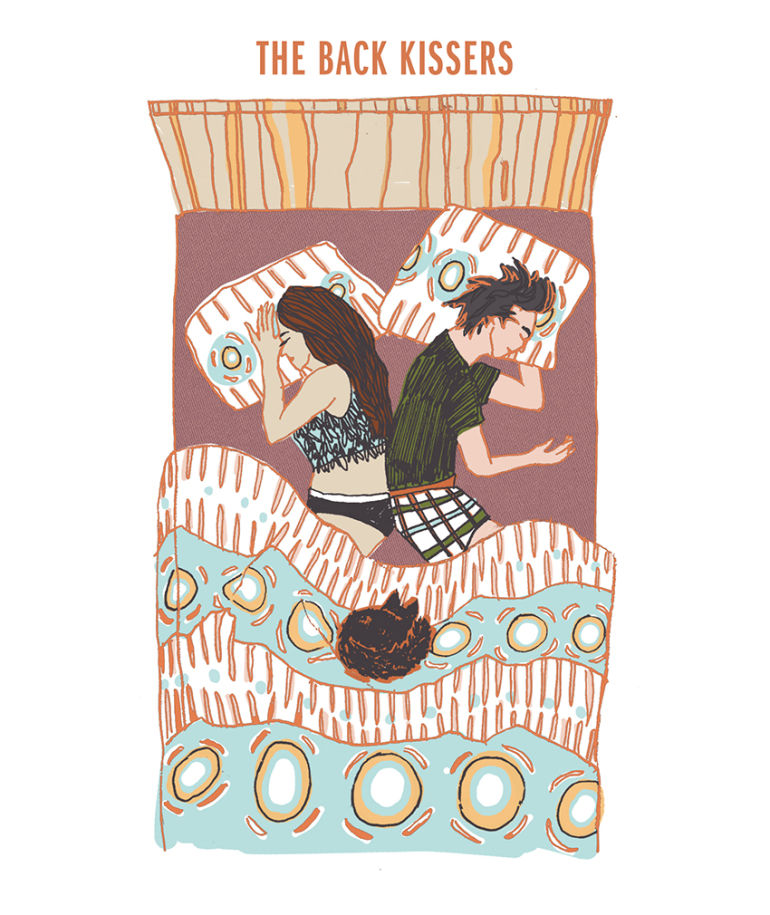
The Back Kissers fall asleep back-to-back, with contact along the spine. You’re connected, but independent enough to appreciate your own space in bed. Because your butts still touch, you want to stay sexually connected despite your confidence to face in opposite directions.
Chances are you’re a new couple who doesn’t yet have a reason for distrust OR have been together for a while, and are relaxed and comfortable with one another.
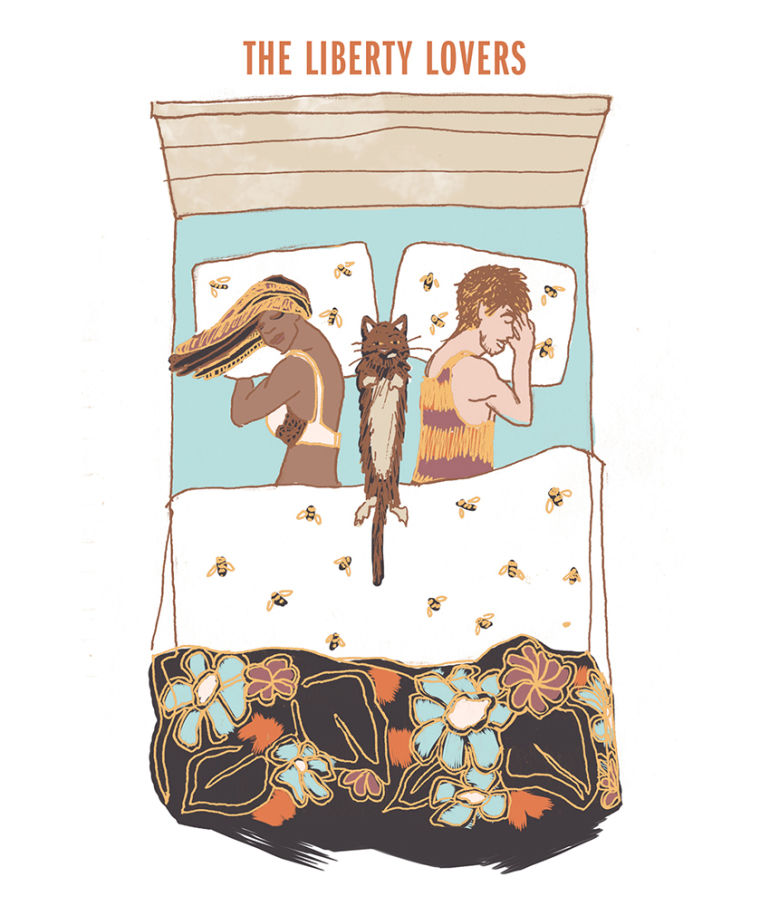
Another position more common with established couples, the Liberty Lovers sleep back-to-back, but with space between them.
Despite facing opposite directions and not touching, this position actually indicates you’re connected and secure. You can be close without touching, sharing a bed but independent. You’re the kind of couple that’s OK doing things alone, but can’t wait to be back together to share stories and recount your day.
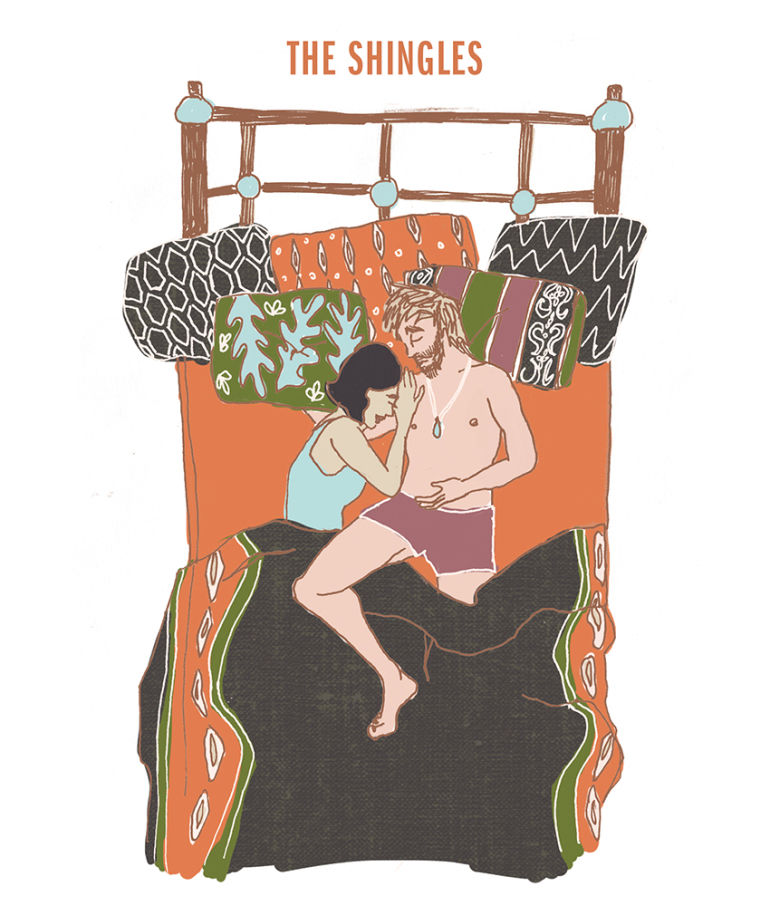
Not the sexiest name in the list, but one that indicates a high level of comradeship. Typically, both partners are on their backs, with one resting his or her head on the other’s shoulder.
Because of the strong egos here (people who sleep on their backs are thought to posses big personalities), when one partner complies and lets the other play protector, it means you really understand each other, and indicates confidence in the relationship.

The ultimate sign of trust and protection, the Nuzzle is common in new and rekindled relationships. When one partner sleeps with his or her head on the other’s chest, it creates a nurturing, open position and a sense of companionship as you snuggle.
Sleeping on your back indicates confidence and self-assurance, and sends the message that you’re using your power to protect your partner. If you’re the one resting on your partner, you’re independently dependent — capable of doing your own thing, but appreciative of and in love with your significant other.

Ah, young love! If you favor the Tangle, chances are you’re in a fairly new relationship and can’t bear to be separated for even a second. It’s an incredibly intimate position that means you can’t get enough of each other.
If, however, you’re still sleeping like this after the six month mark, it could mean you’re too dependent on each other.

The Leg Hug is a little unclear, as it can indicate a number of things. If only one person is doing the “hugging,” it could signal that he or she is craving a connection with the other (kind of like the Chasing Spoon). And since your legs are first to react in a fight-or-flight situation, they’re often the most honest part of the body.
If you’re both intertwined, you’re equally passionate, and the emotional and sexual connection is strong. Just like your legs, your lives are blended and balanced.
A third interpretation of the Leg Hug is that since the contact is so casual, it could imply you’re ambivalent about expressing affection, or just had a fight but are trying to maintain a connection, despite heated emotions.

A couple that sleeps on their stomachs might want to think about having a conversation. Because sleeping face-down protects the front of the body, the Stomach Snoozer position could be indicate signs of anxiety, emotional fear, vulnerability and lack of control.
It’s also not an intimate position — none of the body parts associated with sex are in play here — so it could also mean there’s a lack of sexual trust in the relationship.

If your partner spreads out with little regard to where you are in the bed, it might be time to question the relationship. The Space Hog — who, as the name indicates, spreads him or herself out in bed, taking up all the space — is probably selfish and has little regard for your needs.
If one partner dominates the bed, it’s likely they dominate the relationship, relegating their partner to a secondary, submissive role.
If one partner’s head is higher (closer to the headboard) than the other’s, he or she is likely more confident than their lower-sleeping partner. Conversely, if your heads are parallel, you are like-minded equals.

